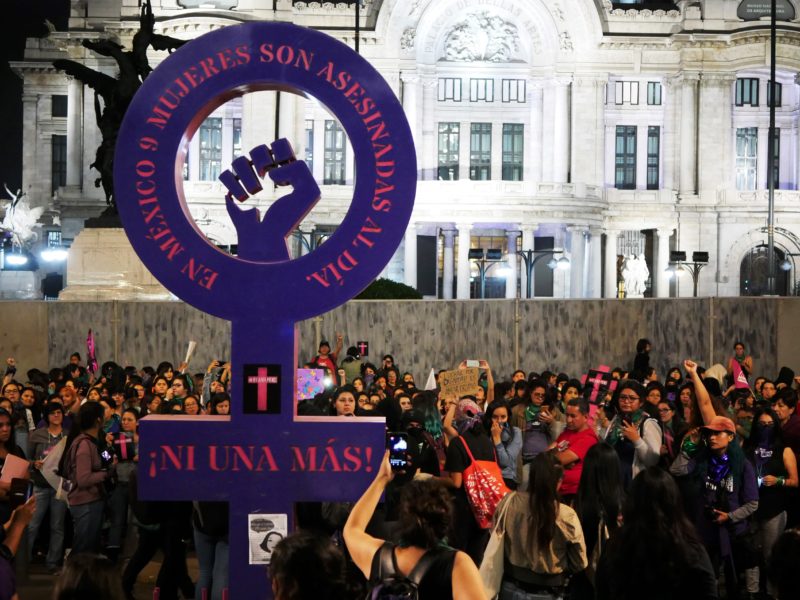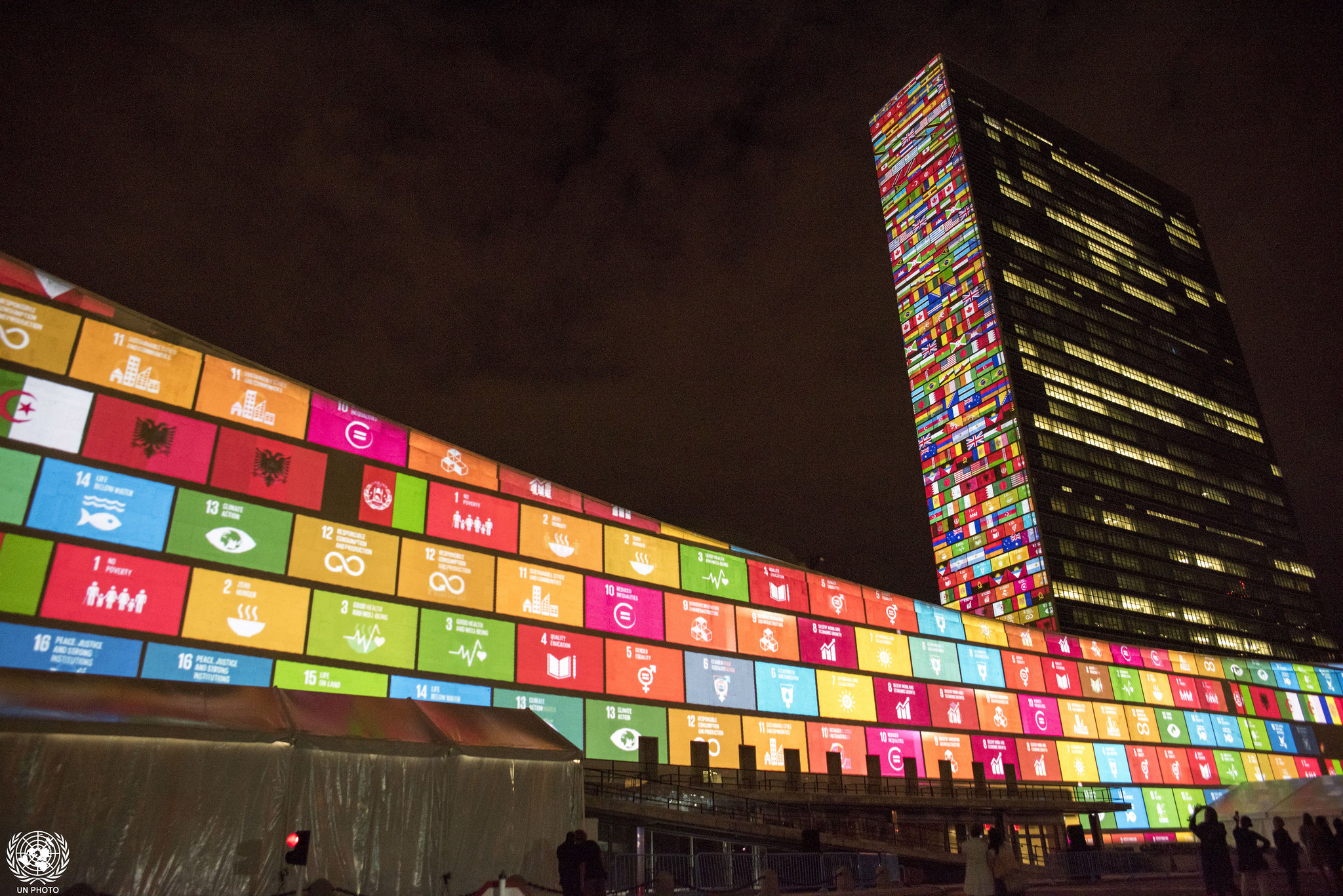In February, a 25-year-old woman named Ingrid Escamilla was stabbed to death, and her body mutilated, in Mexico, allegedly by her partner. The story was widely covered in the news and provoked protests across the country.
Escamilla’s murder was not an aberration. The reported rates of killings of women and girls in Mexico have increased 137 percent over the past five years. Reactions to the specific case, but also the broader trend in this type of homicide—or femicide as it is legally and popularly known—have helped to galvanize large marches across Latin America as well as a recent massive strike in Mexico City.
The rise of violence against women coincides with growing concern about high levels of violence in Mexico generally, including violence committed against transiting asylum seekers, risks to other foreigners, and recent incidents perpetrated by drug-trafficking organizations seeking to secure land.
The level of violence is probably even worse than the figures reported by the government and covered by the media. We know from our research in Mexico that people systematically underreport victimization.
What is reported depends on how people are asked. For example, we found that individuals were nearly three times as likely to report extortion by drug traffickers in our survey, than they are to report incidents to local public attorney offices or when they respond to government victimization surveys (ENVIPE). Our survey was conducted in partnership with the Mexican government, so the reason more incidents were reported may come down to question design. Instead of asking individuals directly whether they had been victimized, we asked individuals how many things from a list had happened to them, and extortion was included in some of these lists. The way we designed the surveys enabled us to protect peoples’ anonymity and calculate average rates of extortion in different populations.
Interestingly, individuals also report similarly higher incidents of extortion in the ENVIPE survey when they are asked to report incidents that are happening in their neighborhoods rather than to themselves, which is another method that protects individuals from revealing their identity as victims.
What people report may also depend on whether they feel they can do so without fear. Discouragingly, the police are part of the problem according to our study—both in that some engage in criminal activity, and their actions may produce underreporting. According to our experimental estimates, across contexts, approximately 9.9 percent of individuals report having been extorted by drug-trafficking organizations, while 10.8 percent report having been extorted by the police. Not only do police perpetrate crime, but they also target the most vulnerable. Like our study, and another study, show, the police more frequently target the most vulnerable, likely because they are less concerned about their violations being reported to other authorities. No wonder then that individuals facing harm are skeptical about turning to the police for help.
Widespread violence in Mexico can provoke condemnation and galvanize a movement, as we have seen with the tens of thousands of people who took to the streets in Mexico City last weekend to demand the government do more to protect women and girls. But more needs to be done to both to understand crime and violence, and stem its tide.
Better reporting and transparency about crime and violence is the first important step. In fact, just before the recent protests, the Mexican government debated eliminating the legal distinction between homicides and femicides, showing that pressure is necessary to maintain public information about distinguishable categories of crime and violence, without which it’s difficult to point to trends like the rising rates of femicide in Mexico. However, as our research indicates, government records are also likely incomplete. Understanding how different incidents are measured, and whether or not they are even investigated initially, can help clarify whether crime and violence are likely to be underreported.
Pressure alone may not be sufficient, however, especially because local officials often have a vested interest in keeping the true extent of these problems hidden in some cases. This is where academics can work together with civil society groups and activists who want better reporting and greater transparency. Assessing rates of crime and violence using different measures and triangulating between different sources of information can help generate a more accurate picture of what is going on in communities. Academic evidence can help show these broader trends alongside shocking events such as Escamilla’s death. This work can then be helpful to hold governments accountable for taking action on crime and violence.







